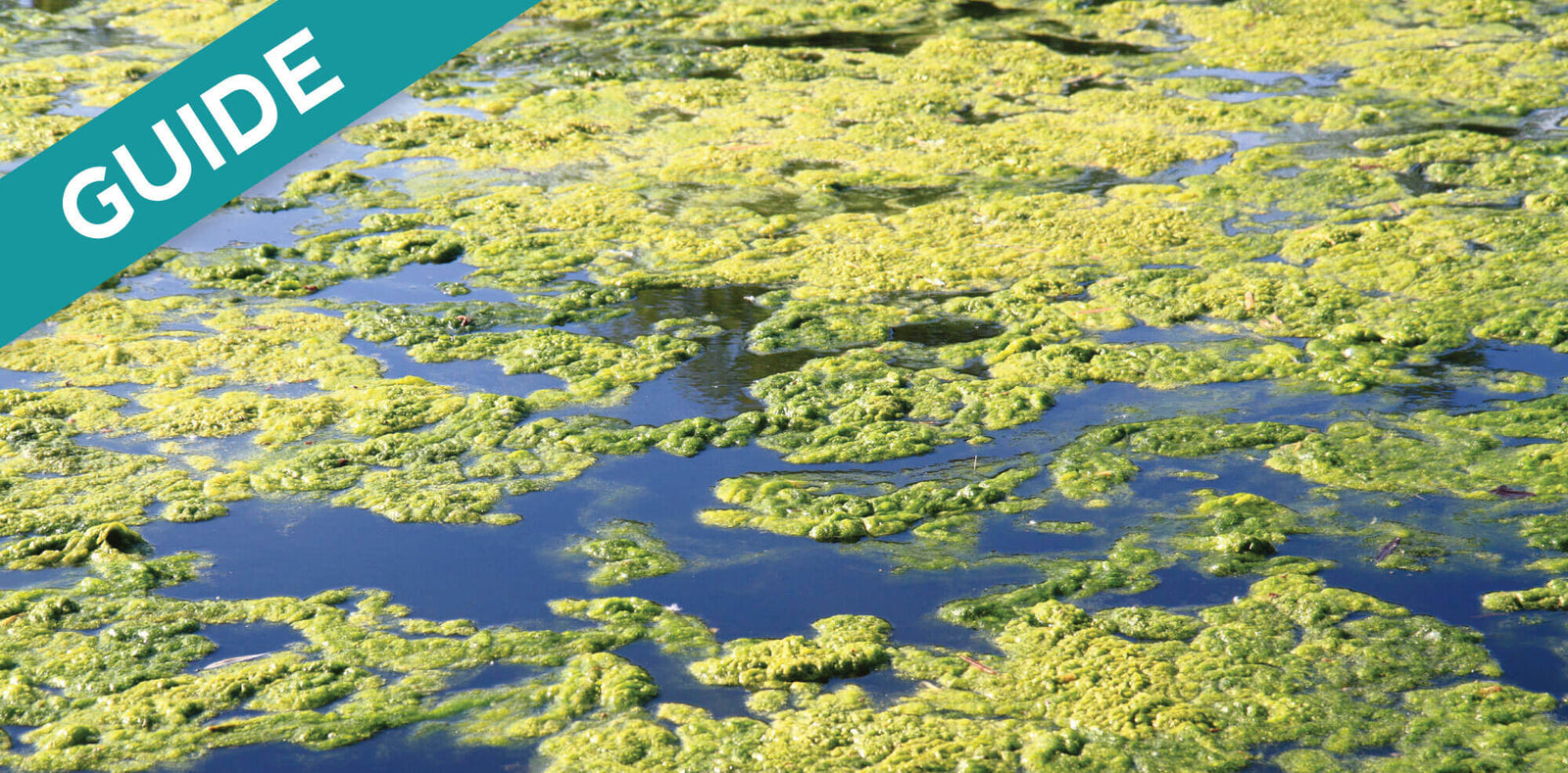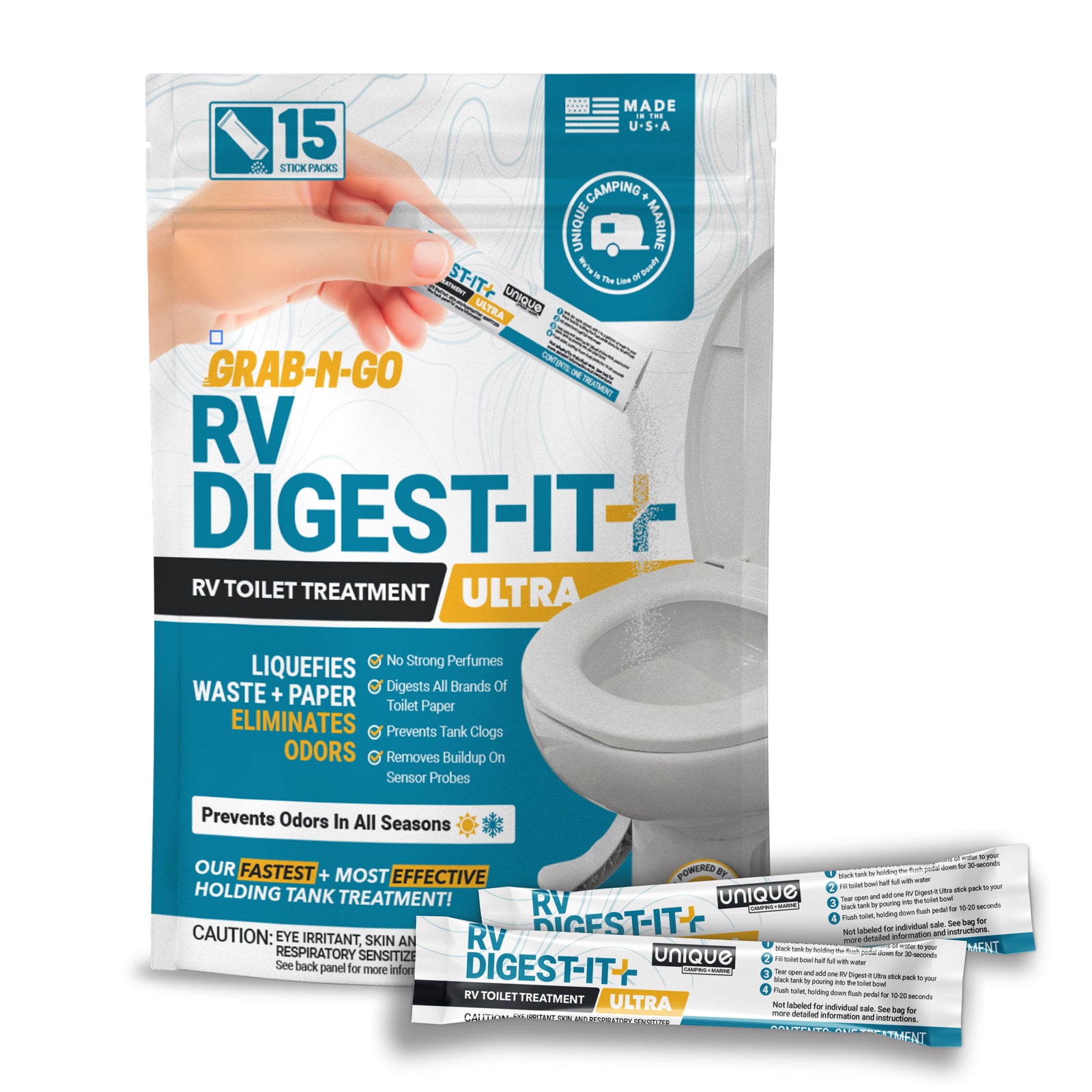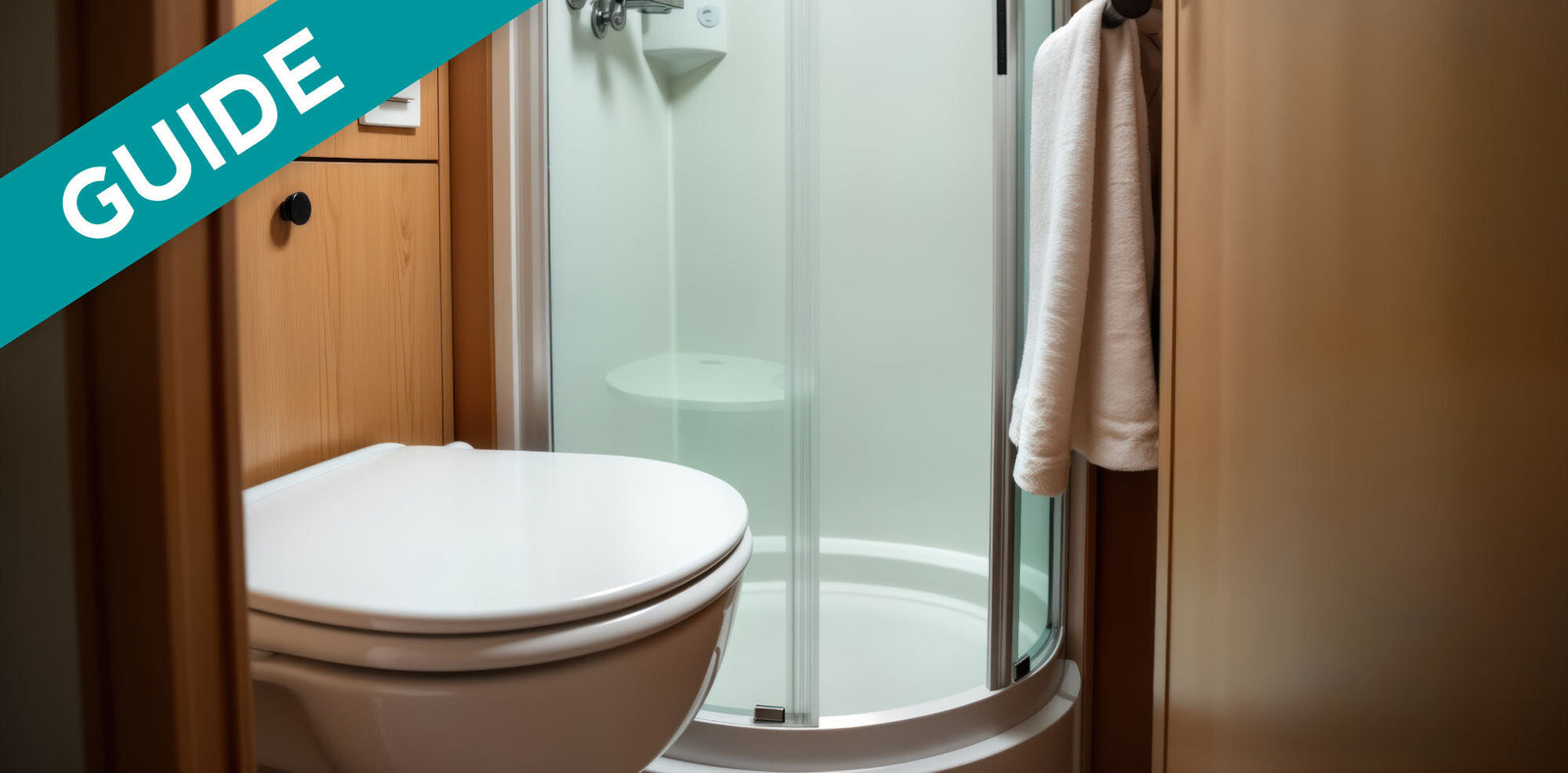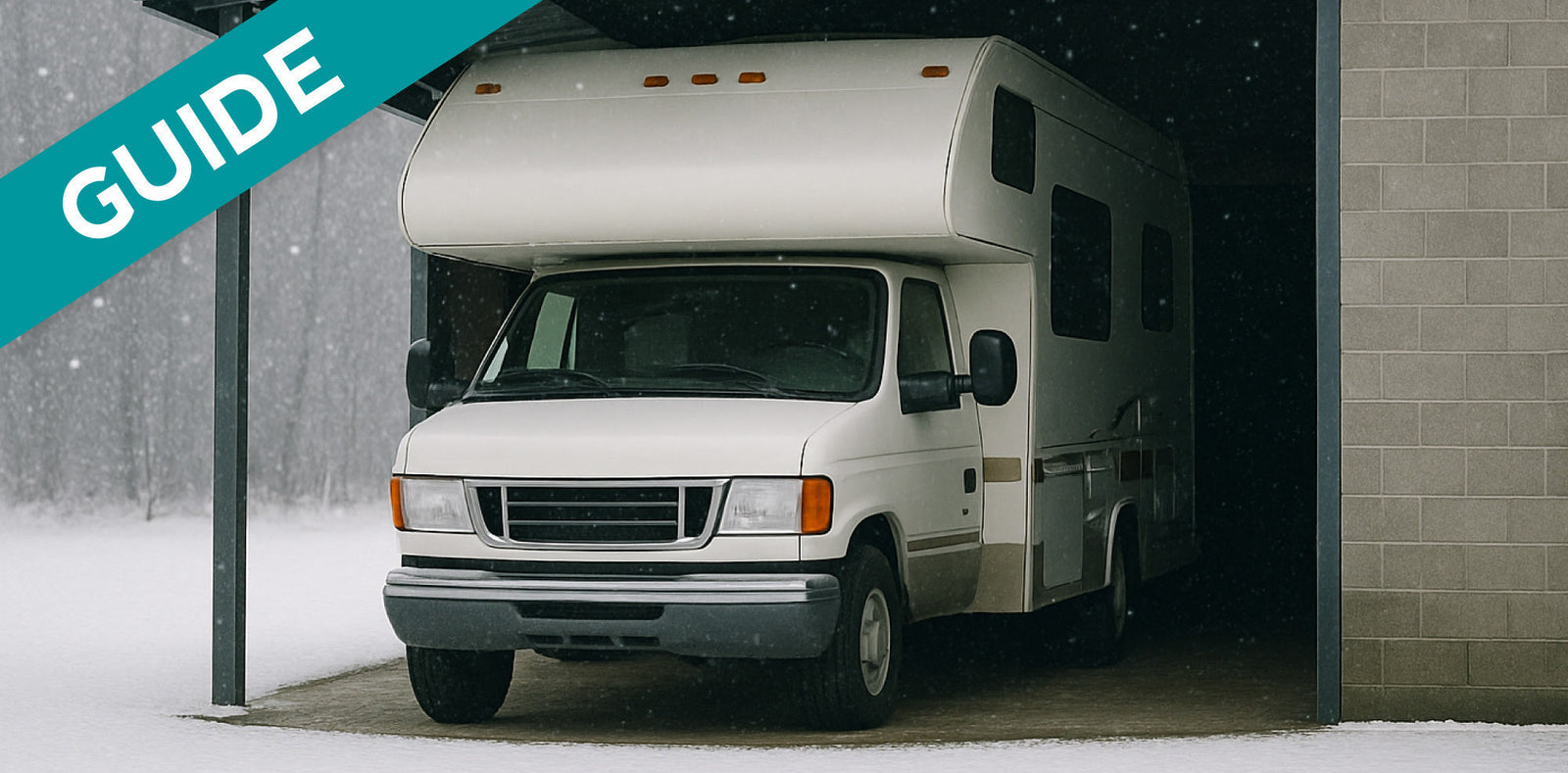
Key Points:
- Sanitize your RV fresh water tank at least yearly to prevent contaminant or algae build-up, which can harm your health.
- Bleach and anti-bacterial products are most effective for sanitizing the fresh water tank and water lines. Due to the sanitization process, some will end up in the gray and possibly black water tanks.
- Follow the step-by-step guide below to sanitize your RV fresh water holding tank using bleach or an anti-bacterial product.
- If your fresh water tastes gross, there are ways to freshen it. We will cover this in a future article.
If you’ve been RVing for any length of time, you’ve likely heard a lot about RV holding tank maintenance. We have written many articles about how to properly care for your holding tanks using The Unique Method! But one topic often gets overlooked: how to deal with dirty, contaminated freshwater that may contain algae, mold and other contaminants in your fresh water tank and water lines.
Algae build-up is relatively unlikely, because algae needs sunlight to grow. However, this is possible if, for example, your RV has clear water lines. Mold, mildew and bacteria growth are more likely as these only need a dark, damp environment, which are common in RV freshwater systems.
It is very important that you sanitize your tanks regularly, because this is your drinking water! In this guide, we’ll provide you with a step-by-step guide to sanitize your RV freshwater tank and prevent algae blooms, mold, mildew and bacteria using bleach and/or an antibacterial product!
Using Bleach or Antibacterial Products
Okay, we know what you’re thinking: "how can they recommend bleach and antibacterial products when every other guide on their website says not to?"
There are two things to consider here:
First, although we are dealing with the freshwater tank, the sanitization process will inevitably lead to bleach or another sanitizing agent making its way into the gray and potentially into the black water tank.
Because of this we recommend that you sanitize the RV with empty gray and black water tanks so as to avoid killing the bacteria colony outright. In your black and gray tanks you WANT a thriving culture of bacteria (aided by a high-quality, bacteria-based holding tank treatment) to assist in waste breakdown, odor elimination and clog prevention.
In your freshwater tank you DO NOT WANT any bacteria as this is the source of your drinking, hand-washing, and bathing water.
Second, the only way to thoroughly sanitize your freshwater tank is by using bleach or antibacterial products. These sorts of products are pretty much the only option, but don’t worry; you’re going to make sure the tank is completely clean before you use your freshwater tank again!
A Step-by-Step Guide
To sanitize your RV freshwater tank with either bleach or another sanitizing solution, follow these checklist steps:
- Turn off your hot water heater and wait a few minutes before proceeding. If you have a water heater with a tank, bypass the water heater as you would when winterizing the RV. If you have a tankless water heater, check the owner's manual to see if it is recommended/ safe to run bleach or another sanitizing product through it.
- Locate the outside compartment where your water heater is placed and open the pressure relief valve.
- Empty your water lines. Since algae mold, mildew, bacteria, and contaminants can build-up in the water lines, you’ll need to start by making sure they’re empty. Do this by locating and opening your low-point water drainage valves. You may also need to open the drain on the freshwater tank itself. Your RV owner’s manual should tell you where these valves are located.
- Once your water lines and tank are totally empty, mix your bleach solution. For every 15 gallons that your RV freshwater tank holds, mix about 1/4 cup of bleach with a few gallons of water in a bucket.
- If you choose to use a different antibacterial product, first, check your owners manual to confirm that this will not cause any damage to your RV. Then follow the product directions to determine how to mix your solution, and how much you should use based on your fresh water tank capacity.
- Carefully pour your solution into your freshwater tank. Using a funnel or a submersible or transfer pump might make this a whole lot easier and lower the potential for staining of the area.
- After you’ve poured your bleach/antibacterial solution into the tank, fill the tank with freshwater until it is almost full.
- Run water through all of the sink faucets, one at a time, to fill the lines completely. Do not run the faucets so long that you empty your freshwater tank! You should smell bleach coming from each faucet.
- Some RVers find it helpful to take a short drive once every water line is filled with the bleach/antibacterial solution. This can help to slosh the water around and further sanitize the tank.
- Let the solution sit in your water lines and freshwater tank overnight. Bleach has a half-life of around 24 hours so you can let the bleach sit in the fresh water tank and water lines overnight and into the morning to continue sanitizing.
- Completely fill your tank with freshwater and turn on your faucets, one at a time, to completely flush your lines so only fresh water remains. Repeat this step until there is no longer any bleach smell. Your gray water holding tank will most likely be full so be sure and dump it after sanitizing the fresh water system.
Conclusion
To help prevent contaminants, algae, mold, mildew and bacteria from building up, you should go through this sanitization process every six months to once a year. Because algae is relatively unlikely in freshwater tanks, it should be fairly easy to prevent if you regularly sanitize. Simply complete the steps given above, and you should have an algae-free RV freshwater tank!
We would love to answer any questions, concerns, or comments you might have! Please reach out to us for help. Happy Camping!

Prevent Common Problems In Your Tanks!
From misreading sensors, preventing clogs, or eliminating odors, we've got you covered no matter how you camp! All our best holding tank tips and trick information plus more can be found conveniently in one place when you download our FREE Unique Method Field Guide PDF. Achieve holding tank bliss today!
Get The Free Download Get The Free Download



